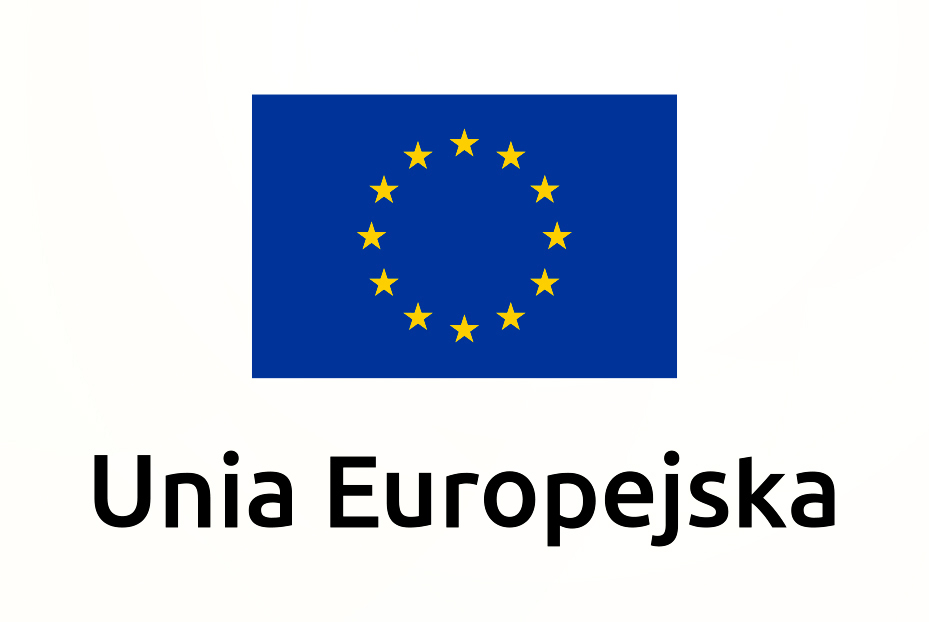Loyalty program from the organizer’s point of view. 5 benefits for the company
Historically, loyalty programs have served primarily as a communications engine. The organizer used the contact opportunity to promote its offers and promotions without considering whether the customer was even interested. Today, loyalty programs are a way to get to know the customer. By identifying and analyzing his behavior and recognizing his preferences, we can improve his experience, and by preparing a personalized offer, we can be almost certain that he will come back to us.
When thinking about a loyalty program, a company thinks about what benefits to offer club members and how much they will cost. In doing so, it forgets that the loyalty program is also a lot of benefits for itself. What benefits can a company that offers an attractive loyalty program to its customers count on for the organizer?
INCREASING THE VALUE OF THE BASKET
Loyalty programs are an effective instrument for supporting sales processes. It allows you to reach the recipient, respond in real time to his needs and – with the right mechanics – encourage him to the desired behavior. Thus, it increases the value of the shopping cart. Loyalty program strategies encourage customers to spend more money by offering attractive rewards and promotions, available after spending a certain amount. A good loyalty program experience, in the medium to long term, translates into a higher frequency of purchases. Ultimately, a larger portion of a customer’s spending goes to us, rather than to competing brands.
With the data recorded in loyalty program accounts, companies can use their loyalty programs to increase the effectiveness of cross-selling and up-selling activities. These techniques are designed to maximize profits per transaction, increase the customer’s dependence and trust in the company, and minimize the risk of the customer moving to a competitor. Used skillfully, cross- and up-selling can effectively increase sales.
INCREASING THE FREQUENCY OF PURCHASES
In addition to increasing the value of the shopping cart, increasing the frequency of purchases should be added to the benefits of a loyalty program for the organizer. With a well-tailored loyalty program, it is possible to significantly improve sales performance. Encouraged by the possibility of gaining additional benefits, customers are definitely more likely to make purchases within the same brand.
Increasing the frequency of purchases is influenced, among other things, by vouchers with a specific expiration date to be redeemed offered as part of the program, points that expire after a certain period of time, or gamification mechanics that motivate customers to make more frequent purchases within the same brand.
OPPORTUNITY TO GET TO KNOW CUSTOMERS BETTER
To get the most out of a loyalty program, it is important to recognize the needs and interests of your customers. Usually companies divide consumers into basic segments, using only variables like age or gender, which ultimately do not sufficiently differentiate the base. The real dividing lines run completely elsewhere. A loyalty program opens the way for a company to get to know its customers better. By recording transactions on a loyalty card and being able to combine all the data on a specific customer in one place, a company is able to understand the buying patterns of its customers and tailor communications and offers to specific segments.
With access to a complete real-time view of a customer’s profile and information such as transactions, order history, website activity, stationary store visits, complaints made, returns made, it is possible to understand consumers’ needs and provide them with better quality products and services. By listening and analyzing consumers’ needs, we can create an emotional bond with customers, which will make them more loyal.
THE CHANCE TO ATTRACT NEW CUSTOMERS
Although loyalty programs are synonymous with consumer retention, many companies are successfully using them to attract new consumers. This is because often the first benefits, customers can enjoy as soon as they sign up.
Another way to attract new customers within a loyalty program is through the mechanics of referrals. Regular customers who recommend the brand to their friends gain additional benefits by doing so. Interestingly, often those who join by referral can also expect additional benefits. As a rule, customers who get into the program from referral links have already been informed of the benefits of participating in the loyalty program by their friends and consciously sign up. Regularly encouraging regular customers to recommend the program to their friends promotes the acquisition of new valuable program members.
INCREASE IN BRAND AWARENESS
Increasing recognition and creating positive, unique associations with a company is quite a challenge in a highly competitive world. A single promotional action is not enough to make a positive and long-lasting mark in the memory of the recipient. Only activities that are regular, planned and focused on a common goal can bring appropriate results. A well-executed loyalty program shows that the company cares about nurturing customer relationships, which leads to strengthening the brand’s position in the market.
What distinguishes loyal customers from others is their attachment to the brand, often even regardless of the price of the product. Many companies build their advantage on attractive price offers, but this does not guarantee that the customer will return. They may find an even more favorable offer and use it without hesitation. The challenge for companies is to attach customers to themselves, without frequently abusing price reductions.
By offering a loyalty program, a brand commits to truly getting to know and rewarding its customers, but a loyalty program is not just about the benefits for club members. As it turns out, the company also reaps many of the business, financial and image benefits of running a loyalty program.







 LOYALTY POINT is implementing a project with Contribution from European Funds.
LOYALTY POINT is implementing a project with Contribution from European Funds.